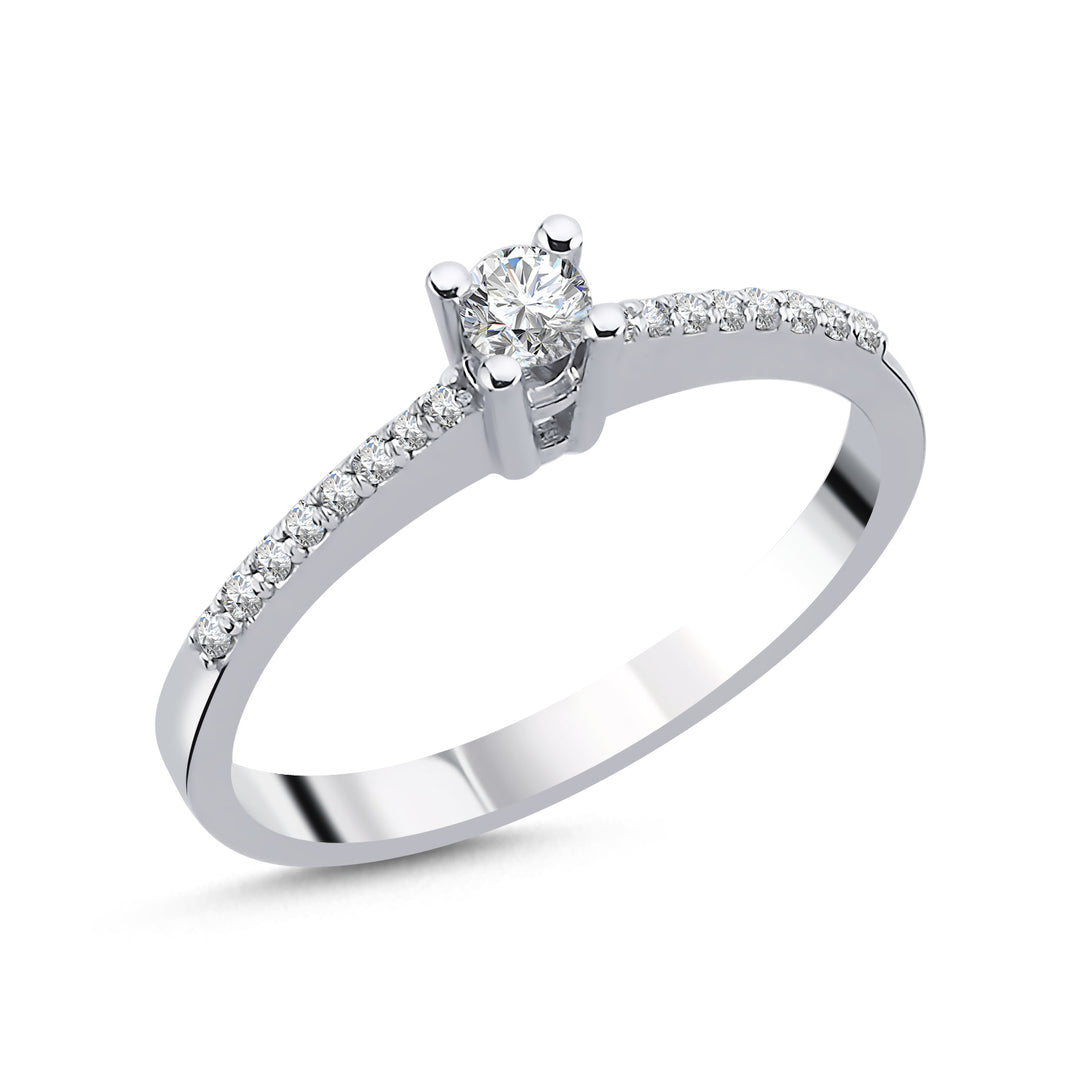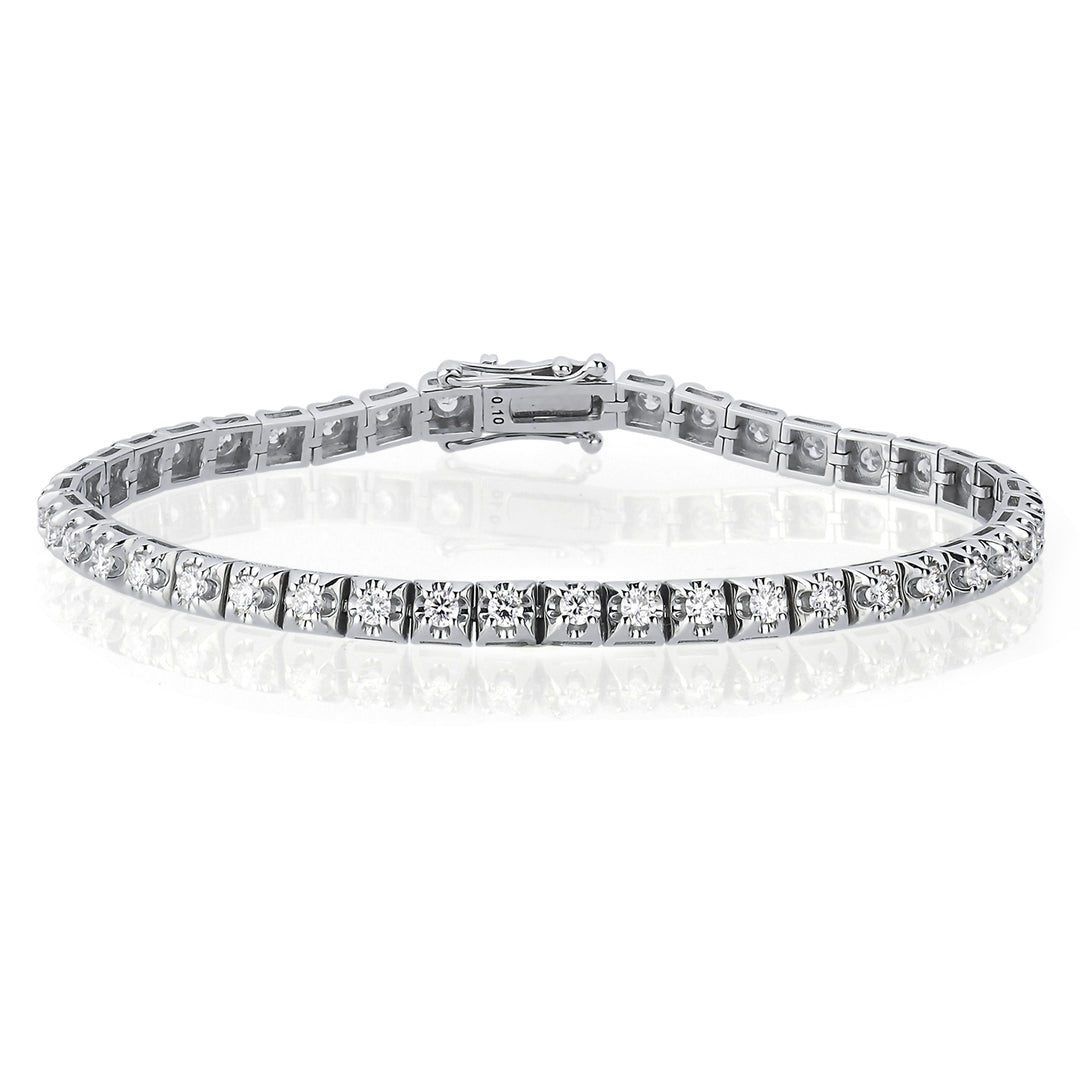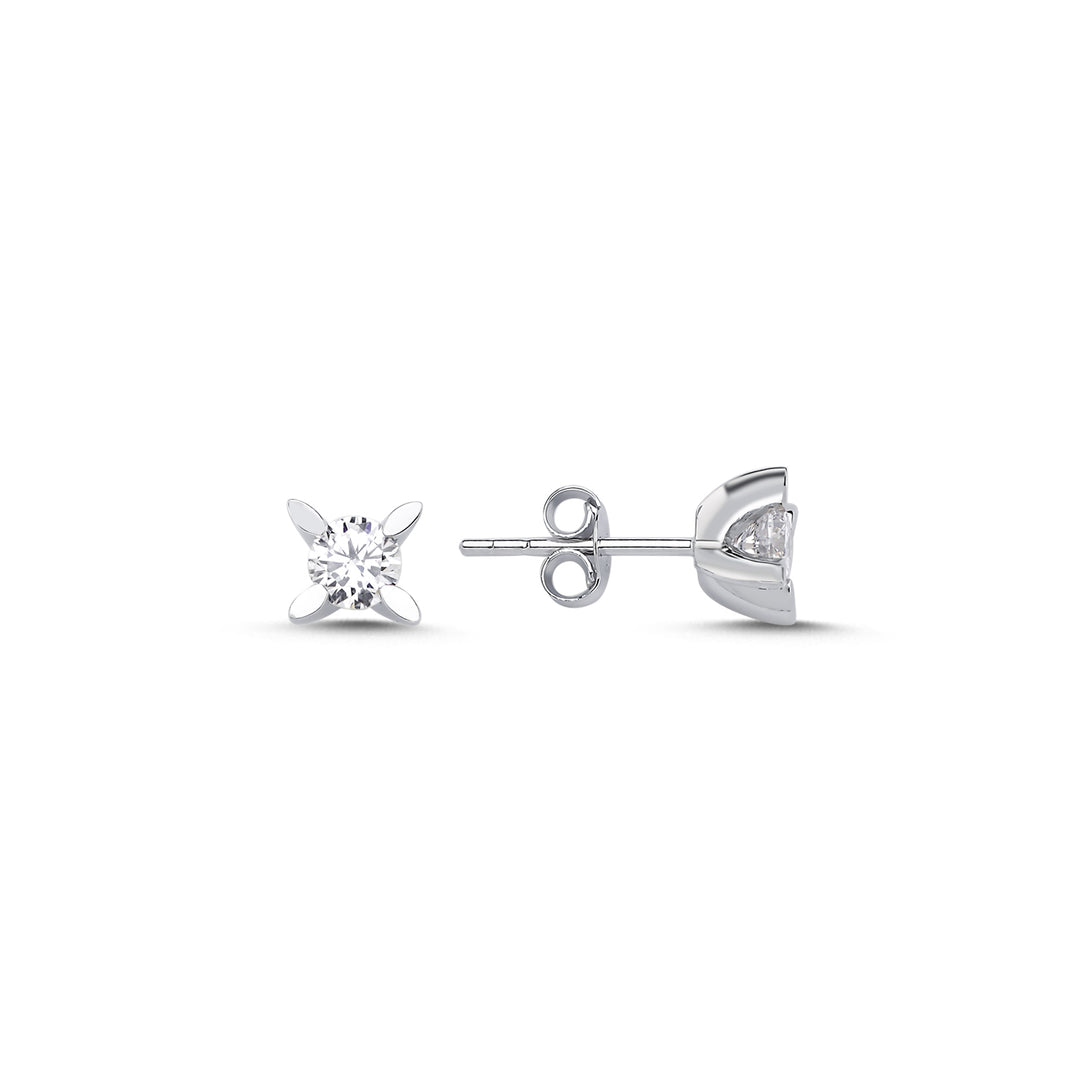A Comprehensive Guide to Diamond Colors
Diamonds are known for their brilliance and beauty, but one of the key aspects that contribute to their allure is their color. While most people think of diamonds as being clear or white, there’s a whole spectrum of colors that diamonds can come in. Whether you’re looking for a classic white diamond or a vibrant, rare colored diamond, it’s important to understand how diamond color is graded and how it influences the overall appearance of the stone.
What is Diamond Color?
Diamond color is graded based on how much yellow or brown tint is present in a stone. While most diamonds appear white, they often contain subtle hues that affect their overall look. A truly colorless diamond is extremely rare and highly sought after.
The Diamond Color Grading Scale
The diamond color grading scale is graded based on the presence of any color tint, with diamonds falling on a scale from D to Z.
- D-F (Colorless): These diamonds are considered the rarest and the most valuable. They have no noticeable color, even under magnification, and reflect light in the most brilliant way.
- G-J (Near Colorless): While these diamonds may have a slight color that is harder to detect with the untrained eye, they still appear close to colorless when set in a ring. Their value tends to be more affordable compared to the higher-grade diamonds.
- K-M (Faint Color): Diamonds in this category display a faint yellow or brown hue, often chosen for their warmth and affordability.
- N to Z (Light Yellow or Brown): Diamonds in this range exhibit a noticeable yellow or brown tint. While less desirable in the traditional diamond market, they may appeal to buyers looking for something distinctive.
While white diamonds are the most commonly known, there are a variety of fancy colored diamonds that exist in vibrant shades. These diamonds are graded on a separate scale due to their distinctive hues, and their color is the most important factor when determining their quality and value. Some of the most popular fancy colors include:
- Pink Diamonds: Renowned for their delicate nature, pink diamonds are extremely rare and highly coveted. Their color can range from a soft pastel pink to a rich, vibrant magenta, with the intensity of the color directly influencing their value.
- Blue Diamonds: Famous for their striking, icy-blue appearance, blue diamonds owe their color to trace amounts of boron. The more intense the blue color, the higher the diamond’s value. These diamonds can range from a soft, pale blue to a deep, vivid blue.
- Yellow Diamonds: One of the more commonly found fancy colored diamonds, yellow diamonds display a range of hues from light yellow to deep canary yellow. Their color is caused by nitrogen impurities within the diamond’s structure.
- Green Diamonds: Green diamonds are extremely rare and can range from faint greenish hues to deep, intense shades of green. Their color is typically caused by radiation exposure.
- Red Diamonds: One of the rarest and most expensive fancy colored diamonds, red diamonds are known for their rich, vibrant hue.
The grading of fancy colored diamonds involves three key aspects: hue (the color itself), tone (the lightness or darkness of the color), and saturation (the intensity of the color). Diamonds are graded on a scale that ranges from “faint” to “vivid,” with the highest quality diamonds typically being rated as “fancy vivid.”
Choosing the Right Diamond Color
While color is a key consideration, its impact on a diamond’s appeal varies depending on setting, lighting, and personal preference. Some factors to consider when selecting the best diamond color include your budget, setting, and personal taste.
- Colorless Diamonds (D-F): These diamonds are often the most valuable due to their purity and brilliance. They tend to be the best choice for those looking for a timeless, classic look.
- Near Colorless Diamonds (G-J): Offering an excellent balance between quality and affordability, near colorless diamonds can be an ideal option for those who want a beautiful diamond without the higher price tag of a colorless stone. White Gold & Platinum Settings pair best with D-J color diamonds.
- Faint or Lightly Colored Diamonds (K-Z): These diamonds are often chosen for vintage-style settings or when paired with yellow or rose gold. The warm tones of these metals can help complement and soften any yellowish hues, reducing contrast and creating a more harmonious look.
- Fancy Colored Diamonds: Diamonds with natural hues like blue, pink, or yellow are extremly rare. You can choose these unique stones according to your partner's taste, making them an exceptional choice for those seeking something extraordinary.
In the end, the choice of diamond color comes down to personal preference. Whether you’re drawn to the timeless elegance of a colorless diamond or the vibrant energy of a fancy colored diamond, understanding the grading system and how color influences a diamond’s overall beauty can help you make an informed decision.















